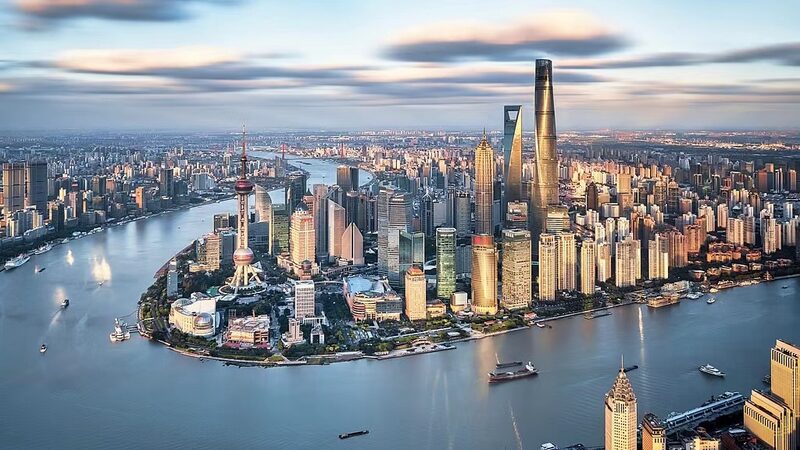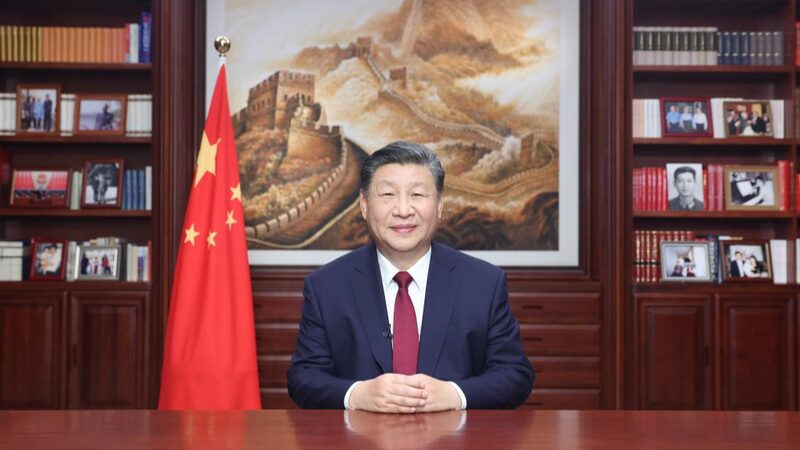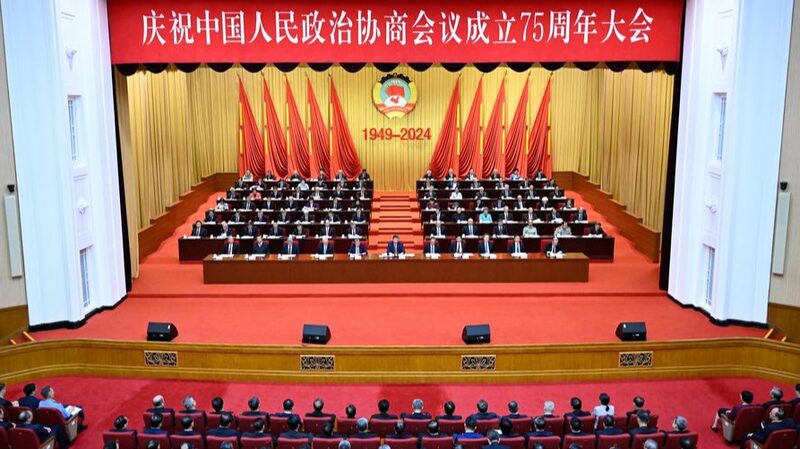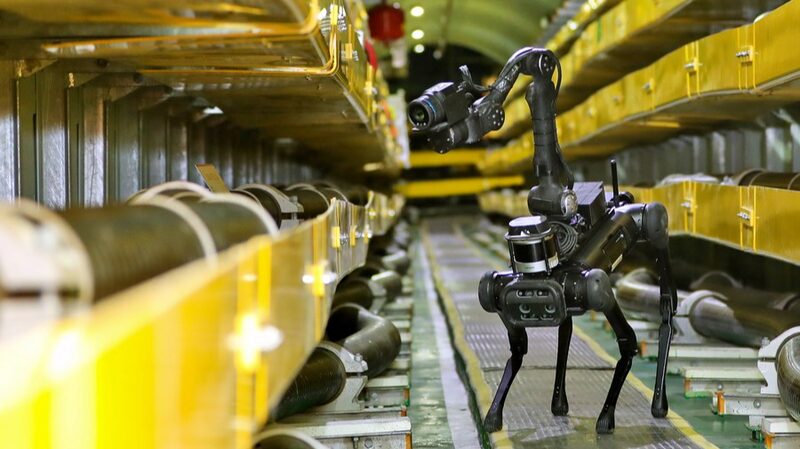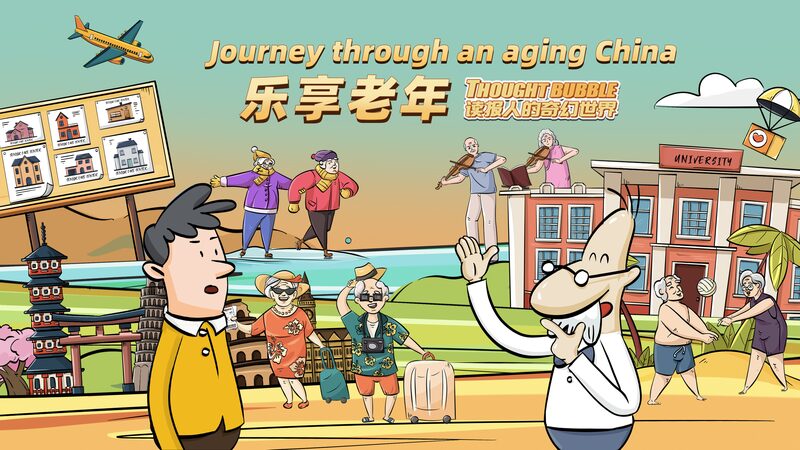As the People’s Republic of China (PRC) approaches its 75th anniversary, the nation stands at a significant crossroads, reflecting on decades of monumental growth and looking ahead to new horizons. From humble beginnings in 1949, China has transformed into a global economic powerhouse, its journey marked by unprecedented achievements and challenges overcome.
Over the past 75 years, China has relentlessly pursued the improvement of its people’s living standards, investing heavily in social protection, quality education, healthcare, and sustainable economic growth. The results of these efforts are evident in the staggering numbers that chart the country’s progress.
When the PRC was founded in 1949, China’s GDP stood at a mere $12.3 billion, with a per capita GDP of just $23. Fast forward to 2023, and the nation’s GDP has soared to approximately $17.75 trillion, with expectations to grow by around 5 percent in 2024. Per capita GDP is set to surpass $13,000, signaling China’s evolution into an upper-middle-income country.
China’s ascent is not merely about economic statistics; it’s a testament to a remarkable transformation that has lifted over 800 million people out of poverty—a feat achieved a decade ahead of the UN Sustainable Development Goals. The nation contributes around 16.9 percent to global GDP and has been the primary driver of global economic growth for 11 consecutive years, responsible for over 30 percent of the expansion.
The country’s industrial capacity now exceeds the combined output of the next nine largest manufacturing nations. As the world’s largest trading nation in goods, China is the top trading partner for over 120 countries and regions, solidifying its role as a pivotal player in global commerce.
Despite facing internal challenges such as epidemics, famine, pandemics, and real estate market crises, as well as external pressures including trade, technological, and financial tensions initiated by U.S.-led Western countries, China has demonstrated remarkable resilience. Contrary to predictions of imminent collapse by some Western scholars, the nation has emerged stronger and more determined, confidently facing the future.
A cornerstone of China’s global influence is the Belt and Road Initiative (BRI), an ambitious infrastructure project connecting Asia with the world through land and maritime networks. The BRI has attracted participation from three-quarters of the world’s countries and 32 international organizations. It has facilitated over 3,000 projects, created 420,000 jobs, and lifted an estimated 40 million people out of poverty in participating nations.
As China celebrates this significant anniversary, it also contemplates the future. Key questions arise: In what directions will the world’s second-largest economy develop? Where will it achieve its most remarkable successes? What guidelines and goals will accelerate progress in society and the state?
One of the most critical areas for China’s future development is strengthening leadership in new technologies. Reports indicate that China has surpassed the United States in scientific patents and publications. Leading in 37 out of 44 technological fields, China is at the forefront of domains ranging from artificial intelligence to key quantum technologies. The country also holds six times more generative AI inventions than the U.S., underscoring its position as a global leader in technological innovation.
Yet, challenges remain. The pivotal question is whether China can attain leadership in basic research and development. The nation aspires to make groundbreaking discoveries in physics, chemistry, biology, and medicine, publish outstanding articles in reputable peer-reviewed journals, and produce Nobel laureates. Integrating the newest scientific discoveries into cutting-edge technologies will be essential for China’s continued advancement.
As China confidently steps into the future, its journey serves as an inspiring narrative of resilience, innovation, and ambition. The next chapters in its development will undoubtedly have profound implications not only for the Chinese people but for the global community at large.
Reference(s):
cgtn.com

